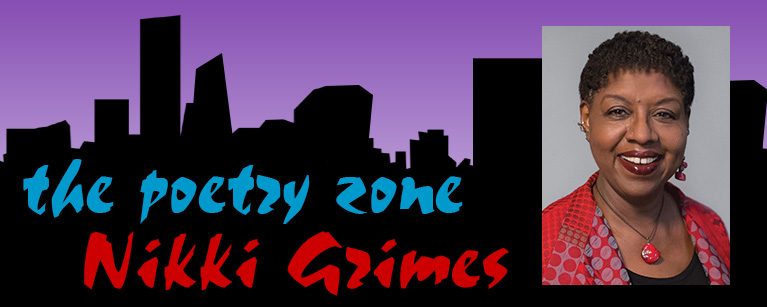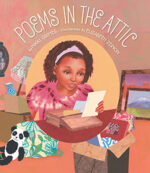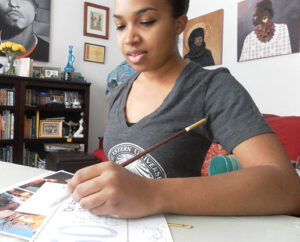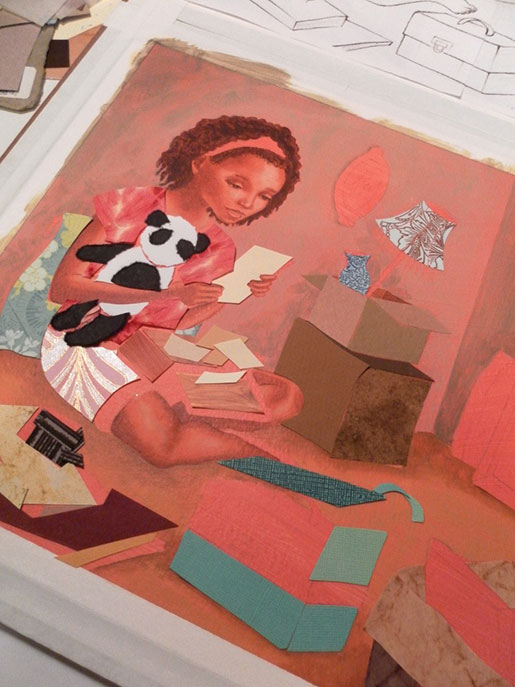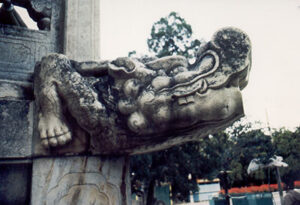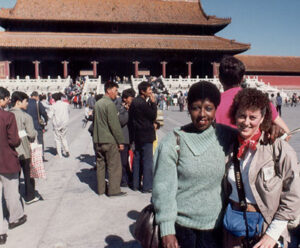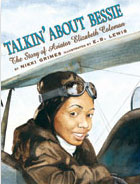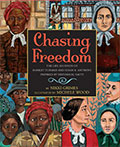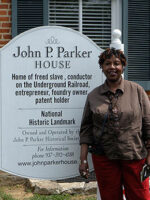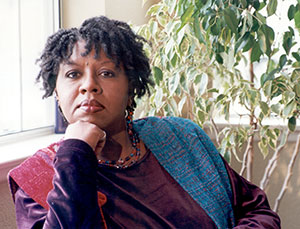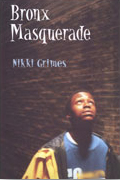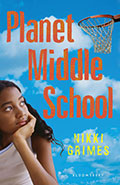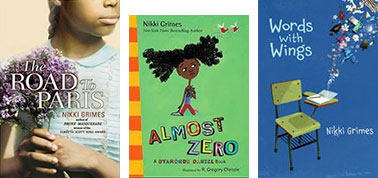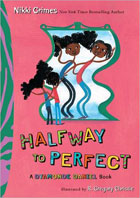Stronger Than: Story Behind the Story
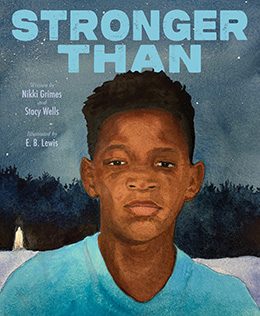
In the mid 1990’s, I began research for a picture book biography of ground-breaking African American pilot, Bessie Coleman. The book, illustrated by E.B. Lewis was eventually released by Orchard Books in 2002, to much acclaim. What does Talkin’ About Bessie have to do with Stronger Than? During the research, I learned that Bessie’s father was Choctaw. Almost immediately, I began developing a story about a Black Choctaw character, named Dante. The story I wrote about him, then titled Dante and the Dream Catcher, ended up buried in my file cabinet, all but forgotten. Then, in 2021, while sorting through old files, I rediscovered the story.
In the span of time that had passed, the importance of own stories had becomes established, and the notion of a Black author writing a story that centered a folktale of Native American origin — namely The Dream Catcher — was no longer clear-cut. Not wishing to overstep, I reached out to my friend, Muscogee author Cynthia Leitich Smith, for advice.
“Cyn,” I wrote, do I even get to tell this story, now? Or should I just archive this manuscript?” Cyn asked me to send the story to her. Once she’d read it, she came back with a couple of ideas about the best way to move forward. One of Cyn’s suggestions excited me: consider collaborating with a Choctaw author. I didn’t know if it would work, but I was intrigued.
Cyn had a mentee in mind, middle grade author, Stacy Wells. Stacy hadn’t published a picture book, but Cyn felt the experience of working on one with me would be instructive. From my perspective, Stacy’s involvement would allow me to pull in Choctaw language and specific tribal/cultural references that I might not, otherwise, have knowledge of or direct access to. A collaboration could be a win-win.
Our individual jobs were clearly drawn. I would focus on writing the story, and Stacy would focus on the back-matter.
During the process of revision, I noticed that there were a plethora of stories about dream catchers. At the same time, I became increasingly aware that there were few stories starring Black Indigenous characters in the marketplace, period. A story centering that particular intersectional people group was far more important than another story about a dream catcher. Upon that realization, I decided to shift the story, entirely.
Dante and the Dream-catcher became Stronger Than, a story in which Dante’s mother responded to his fear of nightmares by introducing him to ancestors on both sides of his family, one a survivor of the Trail of Tears, and the other a survivor of the Tulsa Race Massacre. As Dante sought out these stories on his own, at the local library, he understood that he came from people who were stronger than his nightmares — who were stronger than anything. He had every reason to sleep peacefully, without fear. And for the first time in a long time, Dante did.
This new story direction filled me with passion and I got busy with the revision. As I leaned into it, I asked Stacy for Choctaw words and phrases I might weave into the telling, and the names of her own ancestors that I might borrow for the new Choctaw ancestor in the story. Along the way, we discussed nuances regarding the histories of Native Peoples and African Americans. In the exchange, I also suggested details for her to explore in the back matter she was writing. In this way, I touched her back-matter and she touched my story. As such, when asked how I wanted the book to be credited, my answer was 50–50. By Nikki Grimes with Stacy Wells didn’t feel quite right, to me.
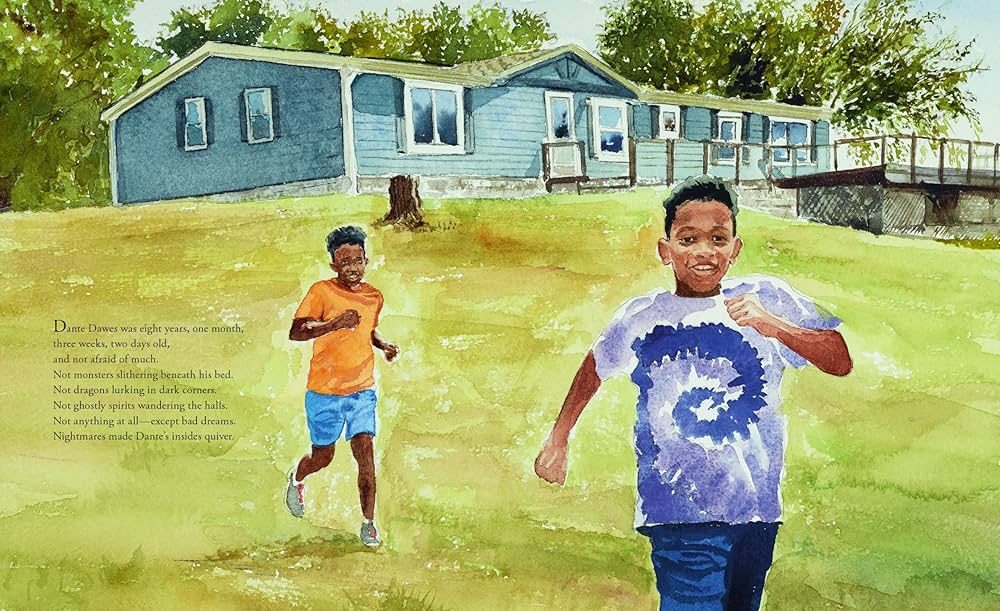
The illustration work is the cherry on top! When I was told E.B. Lewis was invited to illustrate, I could scarcely believe it. Talk about a full-circle moment! Dante was born of my work on Talkin’ About Bessie, the book for which E.B. Lewis won his first Coretta Scott King Illustrator Award. That he would now be attached to this book was a special kind of sweet! I’ve no idea how E.B. feels about it, but I believe this to be divinely appointed, and you can quote me on that.
So, now you have it. The story-behind-the-story. It’s a good one, right?


